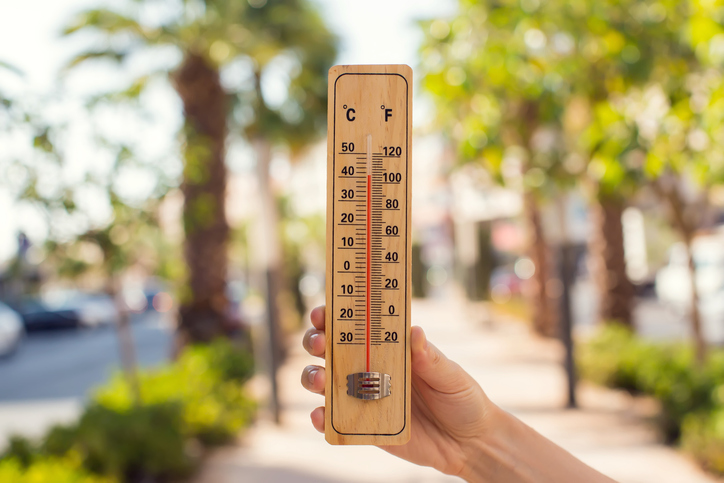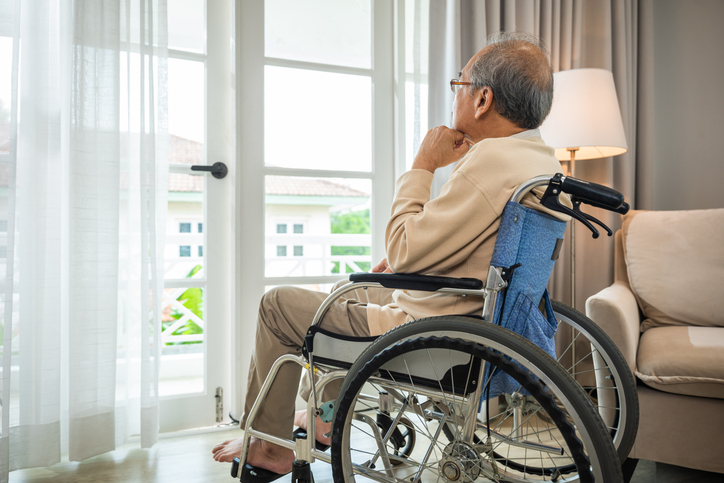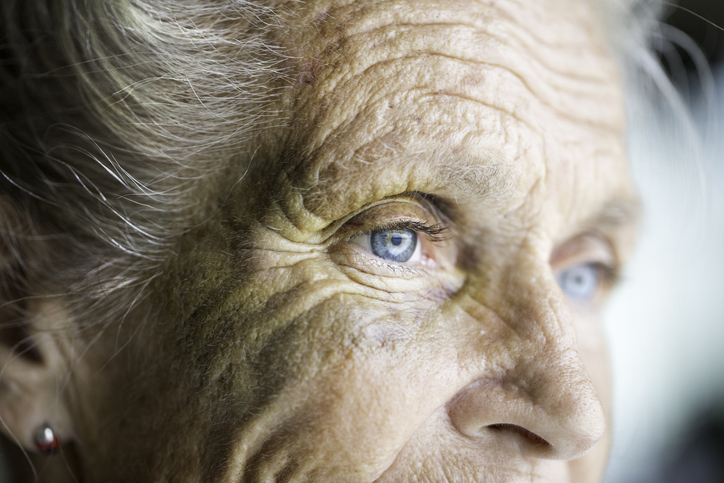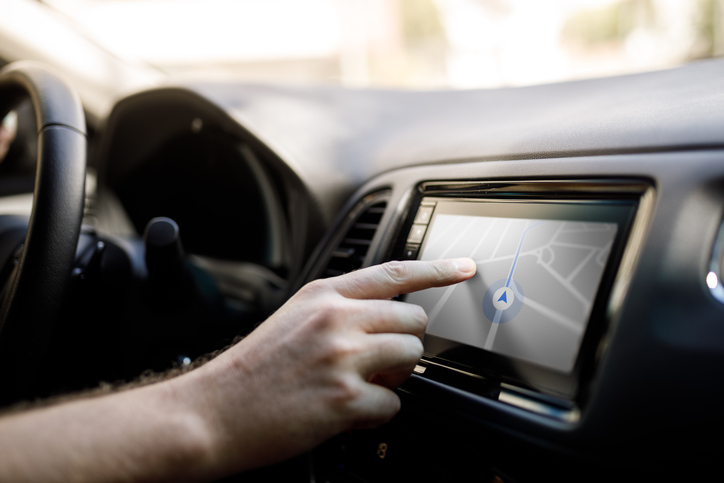
Hitting an amusement park this summer? Know your legal options if an accident happens.
Amusement Park Injuries in Texas: When to Sue
Amusement parks across the country are in full swing as they welcome families from all over the nation. They’re a popular choice for summer vacation as they offer a wide variety of fun for the whole family.
 Texas Injury Lawyers Blog
Texas Injury Lawyers Blog










